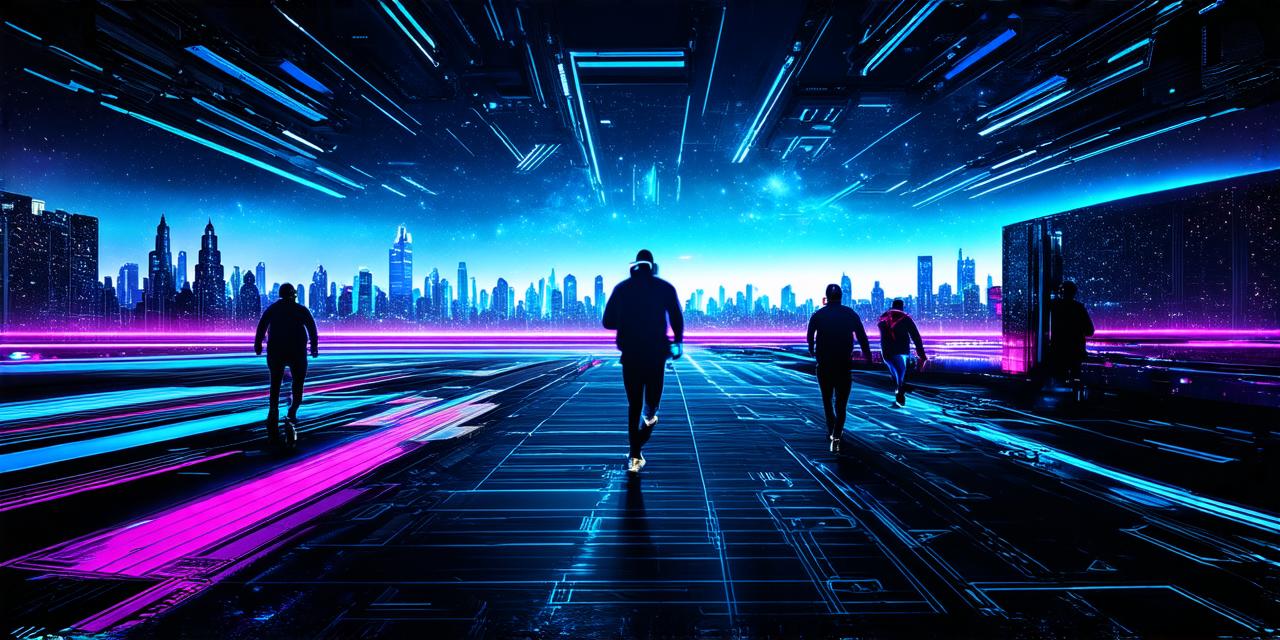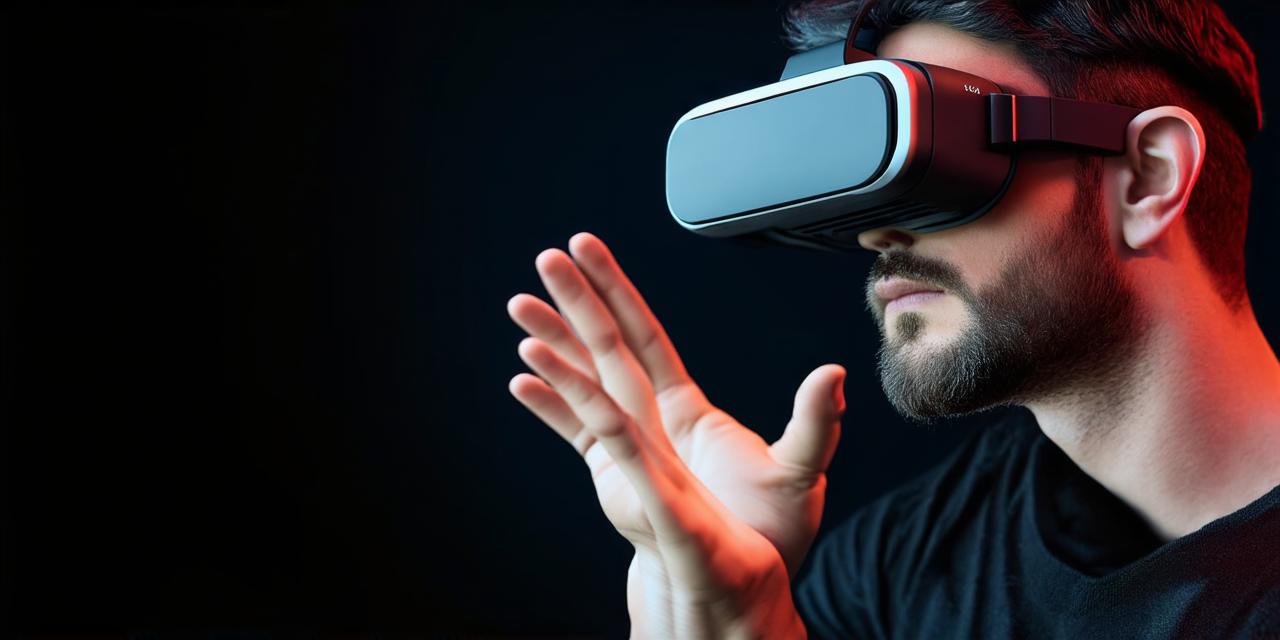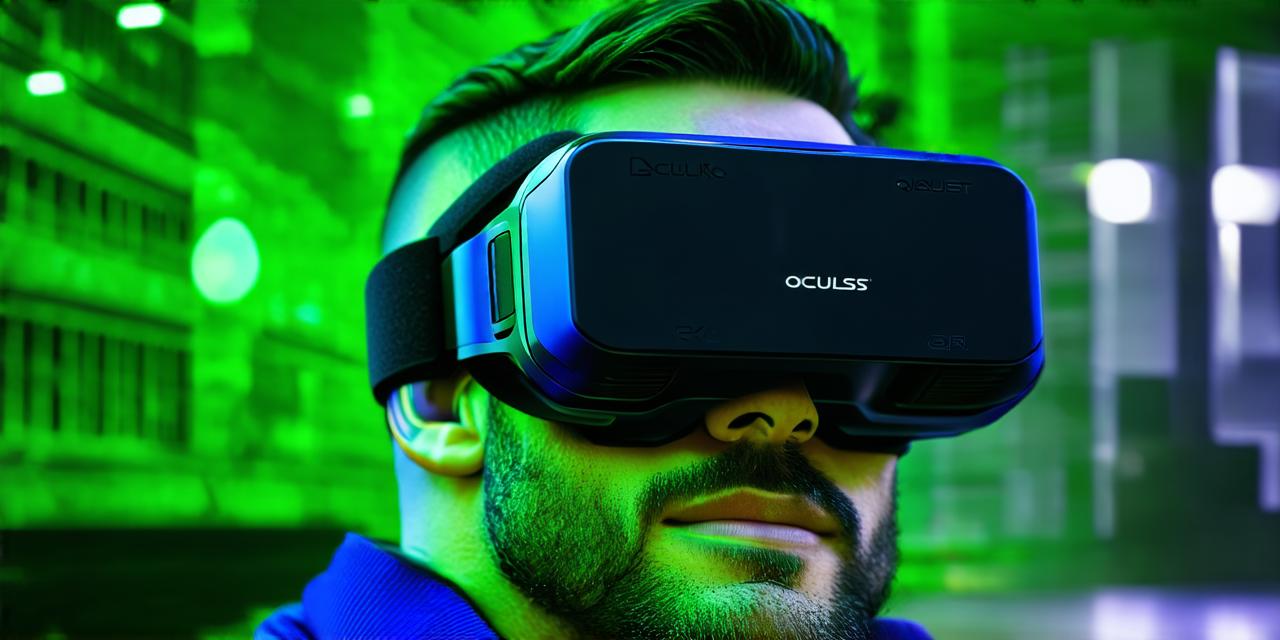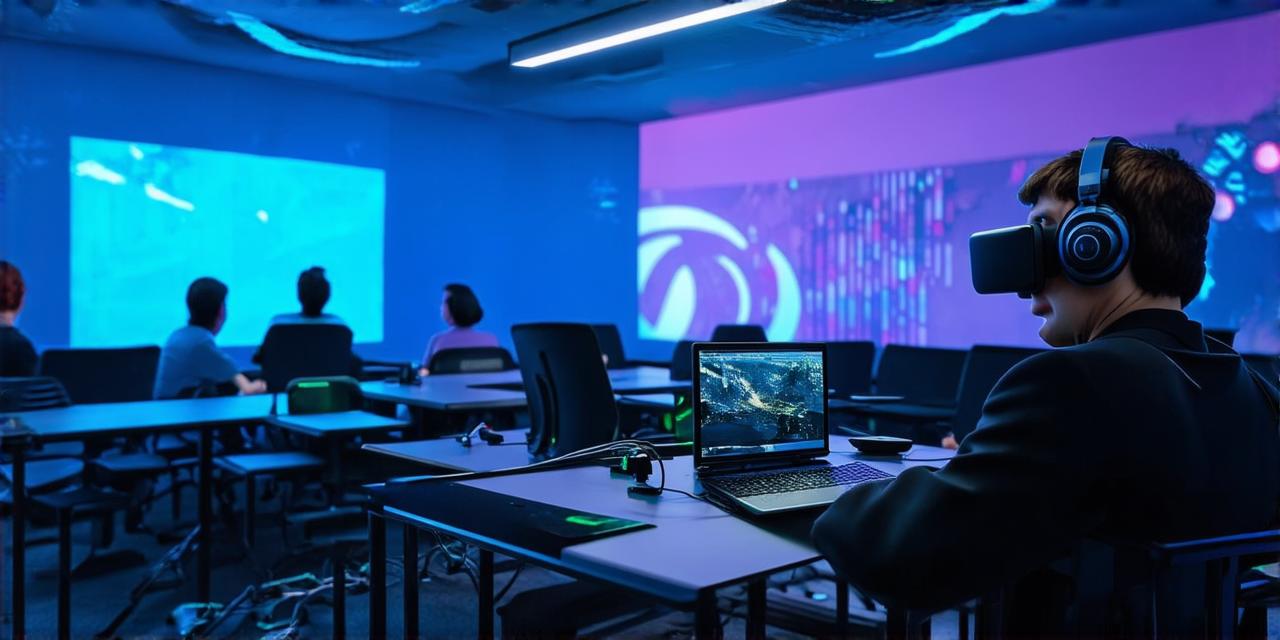Virtual reality (VR) and mixed reality (MR) are both immersive technologies that blend digital elements with the real world. However, there are some key differences between these two types of experiences. In this article, we’ll explore what sets VR and MR apart and how they can be used in different applications.
Virtual Reality: A Completely Immersive Experience
Virtual reality is a fully immersive experience that completely engages the user in a digital world. This is achieved through the use of specialized headsets or goggles, which track the user’s movements and provide them with a 360-degree view of a virtual environment. In VR, the user is not aware of their physical surroundings and is fully absorbed in the digital world.
Virtual reality can be used in a variety of applications, including gaming, education, and training. For example, gamers can use VR to experience immersive games that transport them into new worlds, while educators can use VR simulations to teach students about historical events or scientific concepts. In the military and emergency services, VR is used for training purposes, allowing personnel to practice complex procedures in a controlled environment.
Mixed Reality: A Blend of Digital and Real-World Elements
Mixed reality, on the other hand, is a technology that blends digital elements with the real world. This can be achieved through the use of smartphones, tablets, or other devices that are equipped with cameras and sensors. In MR, the user sees both their physical surroundings and digital overlays, which provide additional information or interactive elements.
Mixed reality can be used in a variety of applications, including advertising, marketing, and entertainment. For example, businesses can use MR to create interactive product demonstrations that allow customers to see how products will look and function in real life. In the entertainment industry, MR is being used to create new forms of storytelling, such as interactive movies that respond to the viewer’s actions.
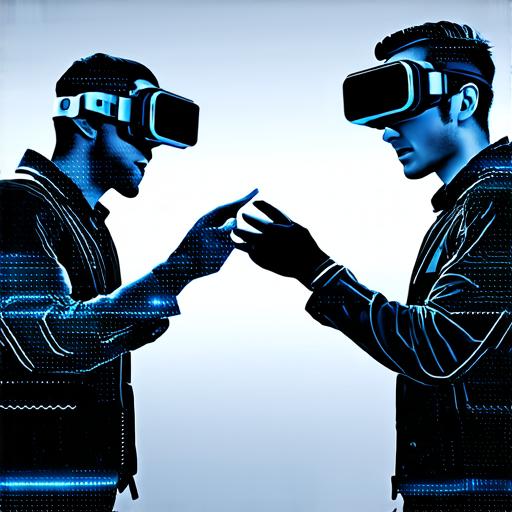
Which Technology Is Right for You?
Both VR and MR have their own unique advantages and disadvantages, and the choice of which technology to use will depend on the specific application. If you need a completely immersive experience that transports the user into a new world, then VR is likely the best choice. On the other hand, if you want to provide additional information or interactive elements in the real world, then MR may be more suitable.
In conclusion, virtual reality and mixed reality are two distinct technologies that offer unique experiences for users. While both technologies can be used in a variety of applications, they have different strengths and weaknesses that should be considered when making a decision about which technology to use. By understanding the key differences between these two technologies, you can make an informed choice that will best suit your needs.
